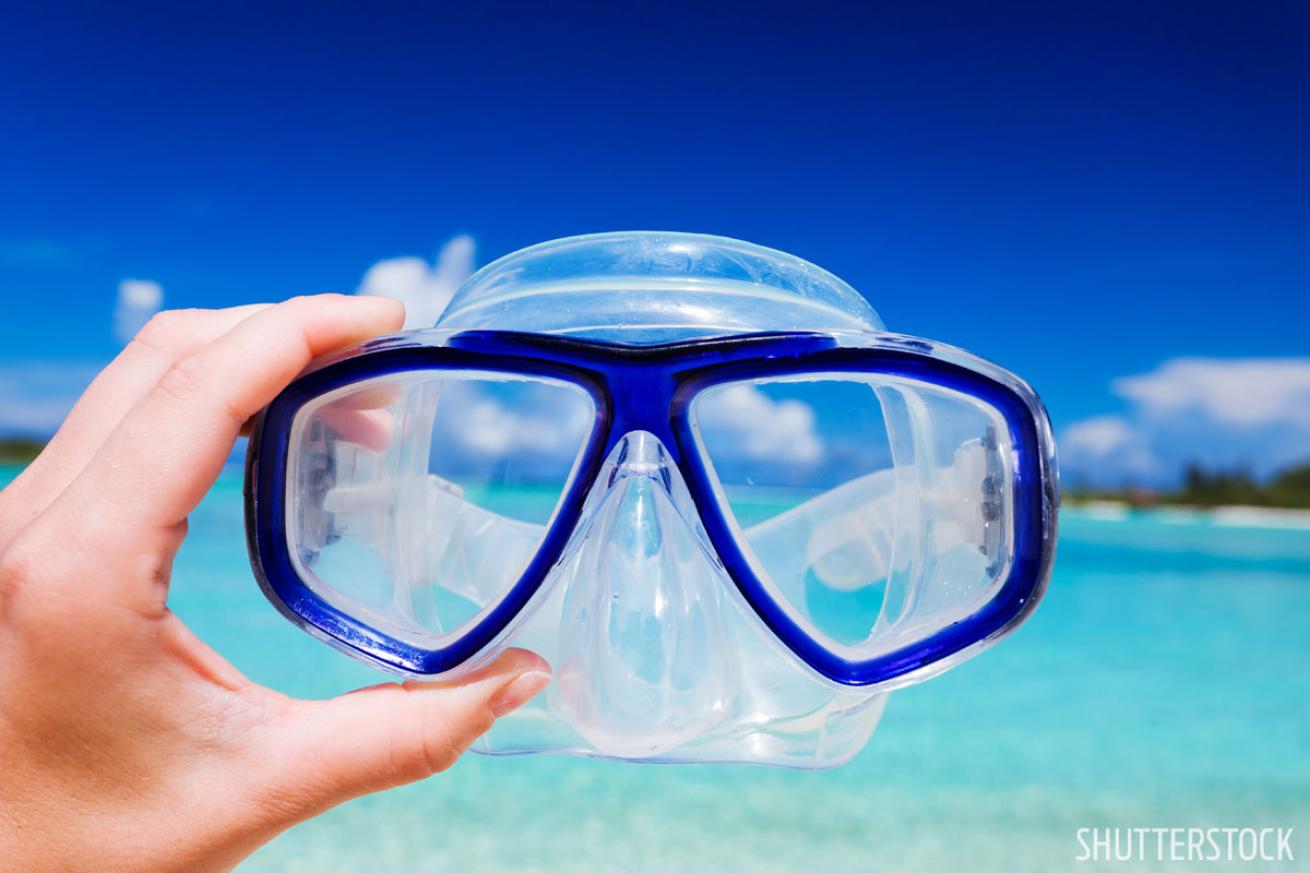Scuba Diving Gear: 5 Tips for Dive-Mask Care

Scuba Diving Gear Check: Mask Fit
Shutterstock
Scuba Diving Gear: Mask Care
Critical scuba diving gear requires annual inspection and service by a qualified technician, but even dive masks — your window to the underwater world — need some special TLC. Here’s our guide to keeping your mask in tiptop shape in 5 easy steps.
Predive
1. If you haven’t replaced your mask strap with a stretchy fabric one, stretch out the strap to look for fine cracks. If you do find any, immediately replace the strap.
2. Examine the silicone of your mask skirt. The most common failure area on a mask is the feather-edged seal on the skirt. This can become imperfect or irregular in shape with time and heavy use, and that irregularity can create leaks.
3. Check all the buckles, which can crack, split or become clogged with debris that can interfere with how they function. Then check the frame of your mask for cracking, chips or other obvious signs of wear, especially in the areas immediately adjacent to the glass lens.
Postdive
1. To avoid mildew growth, rinse your mask in warm, fresh water and allow it to drip dry completely before packing it away.
2. Pack the mask loosely, so nothing distorts the mask skirt. Leaving it squashed into a weird position for a long period of time will cause it to take on an unnatural shape.

ShutterstockIt's your window to the underwater world. Are you sure you're doing all you can to keep your mask in good condition?
Scuba Diving Gear: Mask Care
Critical scuba diving gear requires annual inspection and service by a qualified technician, but even dive masks — your window to the underwater world — need some special TLC. Here’s our guide to keeping your mask in tiptop shape in 5 easy steps.
Predive
1. If you haven’t replaced your mask strap with a stretchy fabric one, stretch out the strap to look for fine cracks. If you do find any, immediately replace the strap.
2. Examine the silicone of your mask skirt. The most common failure area on a mask is the feather-edged seal on the skirt. This can become imperfect or irregular in shape with time and heavy use, and that irregularity can create leaks.
3. Check all the buckles, which can crack, split or become clogged with debris that can interfere with how they function. Then check the frame of your mask for cracking, chips or other obvious signs of wear, especially in the areas immediately adjacent to the glass lens.
Postdive
1. To avoid mildew growth, rinse your mask in warm, fresh water and allow it to drip dry completely before packing it away. If your clear silicone model has become a bit dingy, use your favorite brand of liquid dish detergent to make it like new again.
2. Pack the mask loosely, so nothing distorts the mask skirt. Leaving it squashed into a weird position for a long period of time will cause it to take on an unnatural shape.










